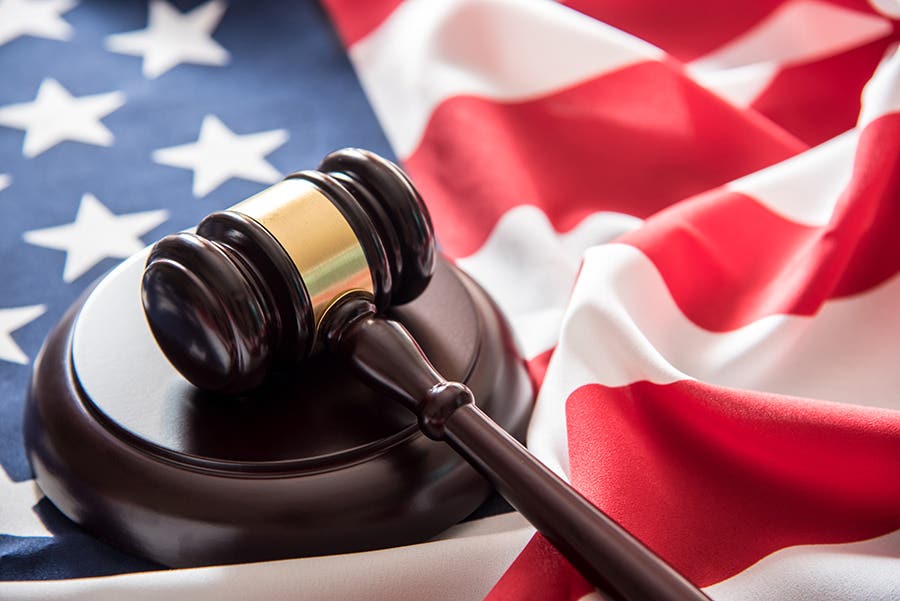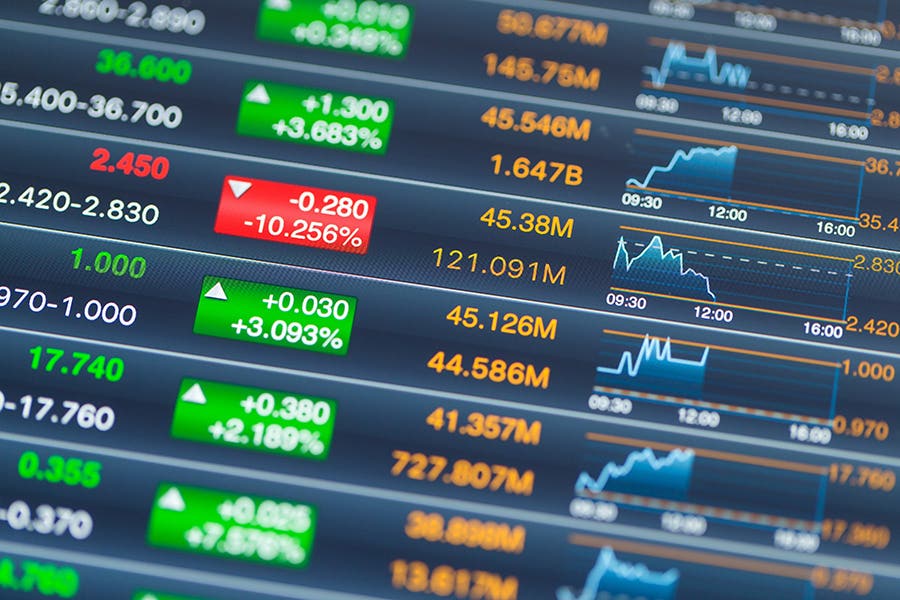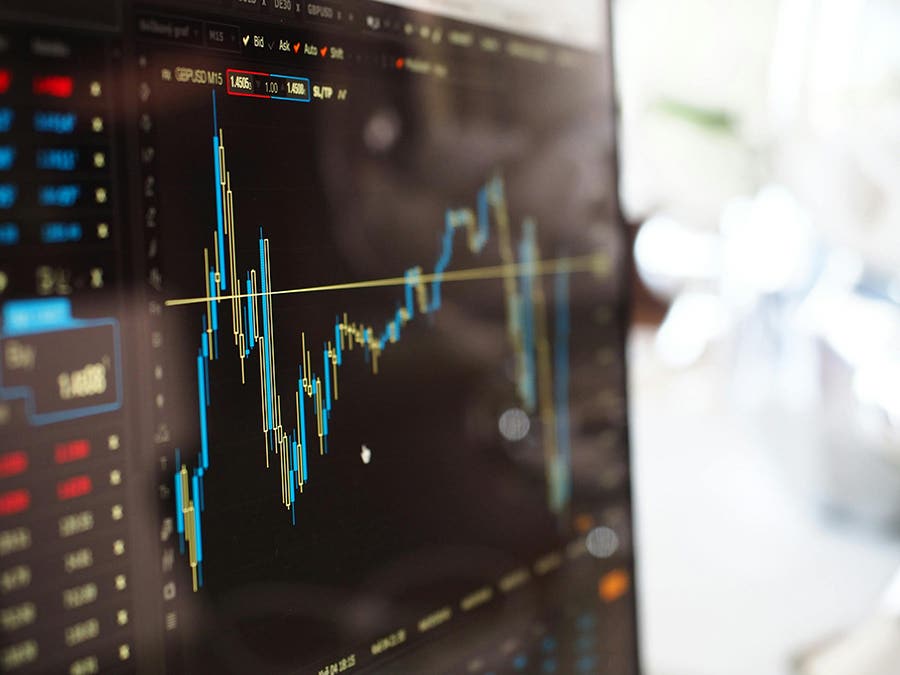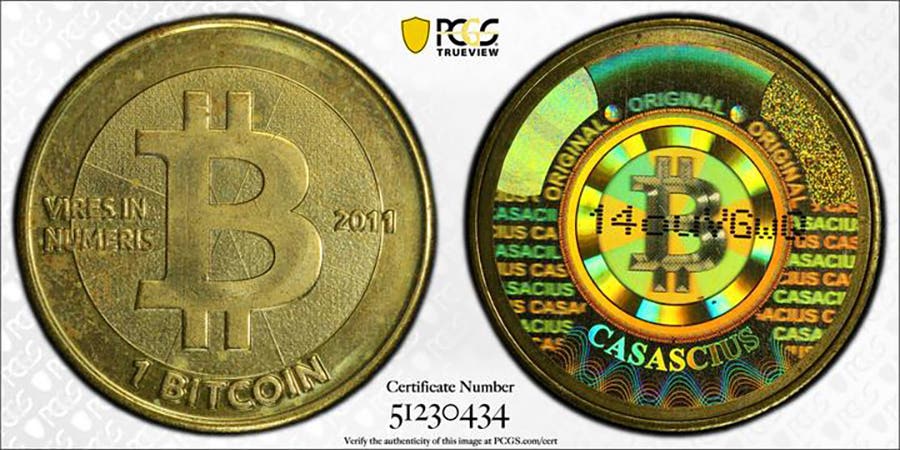Physical Gold and Silver Shortages Grow
As gold prices soar and supply tightens, investors turn to silver—triggering shortages across Asia and Europe. Will the trend spread to the West?
On February 14, The Korea Times reported that Korea Minting and Security Printing Corp. had halted sales of gold bars to that nation’s banks on February 12. The Korea Gold Exchange also discontinued sales of 10-gram and 100-gram gold bars. On February 13, the Exchange notified Korea’s banks that it could no longer supply 1-kilogram gold bars.
On February 13, the Korea Gold Exchange suspended the delivery of silver bars to banks.
The Times quoted an unnamed official from a major Korean bank, “As gold prices recently hit record highs, a shortage of gold bars emerged. Consequently, investors turned to silver bars as an alternative, leading to a surge in demand for silver bars.”
Last year, demand to purchase physical gold by private Chinese citizens exhausted the ability of the Shanghai Gold Exchange to meet demand, where virtually all contracts purchased on this Exchange are quickly settled by delivery of the physical metal. That led unhappy would-be gold buyers to purchase contracts on the Shanghai Futures Exchange so they could take delivery upon contract maturity. The Chinese government also urged the nation’s media to suggest that citizens consider buying silver if they cannot obtain physical gold for immediate delivery.
Manufacturers' demand for physical silver has also been strong, especially those needing the metal to produce photovoltaic products such as solar panels. Soaring physical silver demand has already occurred in China and India. Recently, the government of Indonesia announced plans for a major expansion of solar panel installation across the country.
In the past year, central banks in China, India, and several East European nations were net buyers of gold reserves. Late last year, Russia’s central bank announced that it would begin adding physical silver to its reserves. In a relatively recent disclosure, China’s central bank has also been accumulating physical silver reserves for more than a decade.
While demand to acquire physical gold and silver was strong in Asia and Eastern Europe, people in the US and Western Europe had been net liquidators of the two metals, including selling their shares in the related exchange traded funds. This helped bring down the premiums at which bullion-priced coins and ingots sell above spot prices.
Two weeks ago, I received a tip from a reliable source that the people in Germany and the Netherlands are once again net buyers of physical gold. Also, Europeans as a whole are once again net buyers rather than sellers of shares in gold and silver exchange-traded funds.
As demand for physical gold and silver grows, both from industry and from investors, look for shortage to become more prevalent.
In my previous column, I discussed various efforts at the state level involving precious metals bullion, coins, and currency sales tax exemptions. However, I forgot to include what is happening in Nevada and the state of Washington.
Nevada. This was the only state to have a sales and use tax exemption on precious metals sales and on coins that sell for no more than 50% above face value that was established by regulation rather than statute. Last year, the regulators proposed to narrow this exemption. An in-state coin dealer contacted his representative, which led the agency to postpone the change until the legislature could consider the issue. A bill is being introduced in the Nevada legislature calling for an expanded sales and use tax exemption on precious metals, coins, and currency sales.
Washington. House Bill 1965 has been introduced to repeal that state’s sales and use tax exemption for precious metals and monetized bullion. The House Finance Committee discussed it during their February 25 meeting but did not take a vote on it. For further information to help oppose this legislation, contact the National Coin & Bullion Association at ncba@ncbassoc.org.
Last column’s numismatic trivia question.
Last time, I asked— What is the lowest denomination US coin issued on the basis of its metal value? While most people might think in terms of gold or silver coins, the original copper Half Cents and Large Cents contained almost full face value worth of copper. Hence, the Half Cents were the lowest denomination to represent close to full metal value.
This week’s trivia question
Here is this week’s question. Of all of the US presidents who have appeared on coins, which of them had first names on their birth certificates of Hiram, Stephen, and Leslie? Come back next week for the answer.
Patrick A. Heller was honored as a 2019 FUN Numismatic Ambassador. He also received the American Numismatic Association 2018 Glenn Smedley Memorial Service Award, the 2017 Exemplary Service Award, the 2012 Harry Forman National Dealer of the Year Award, and the 2008 Presidential Award. Over the years, he has also been honored by the Numismatic Literary Guild (including twice in 2020), the Professional Numismatists Guild, the Industry Council for Tangible Assets, and the Michigan State Numismatic Society. He is the communications officer of Liberty Coin Service in Lansing, Mich., and writes “Liberty’s Outlook,” a monthly newsletter on rare coins and precious metals subjects. Past newsletter issues can be viewed at www.libertycoinservice.com. Some of his radio commentaries, "Things You ‘Know’ That Just Aren’t So,” and “Important News You Need To Know,” can be heard at 8:45 a.m. Wednesday and Friday mornings on 1320-AM WILS in Lansing (which streams live and becomes part of the audio archives posted at www.1320wils.com).
You may also like:








